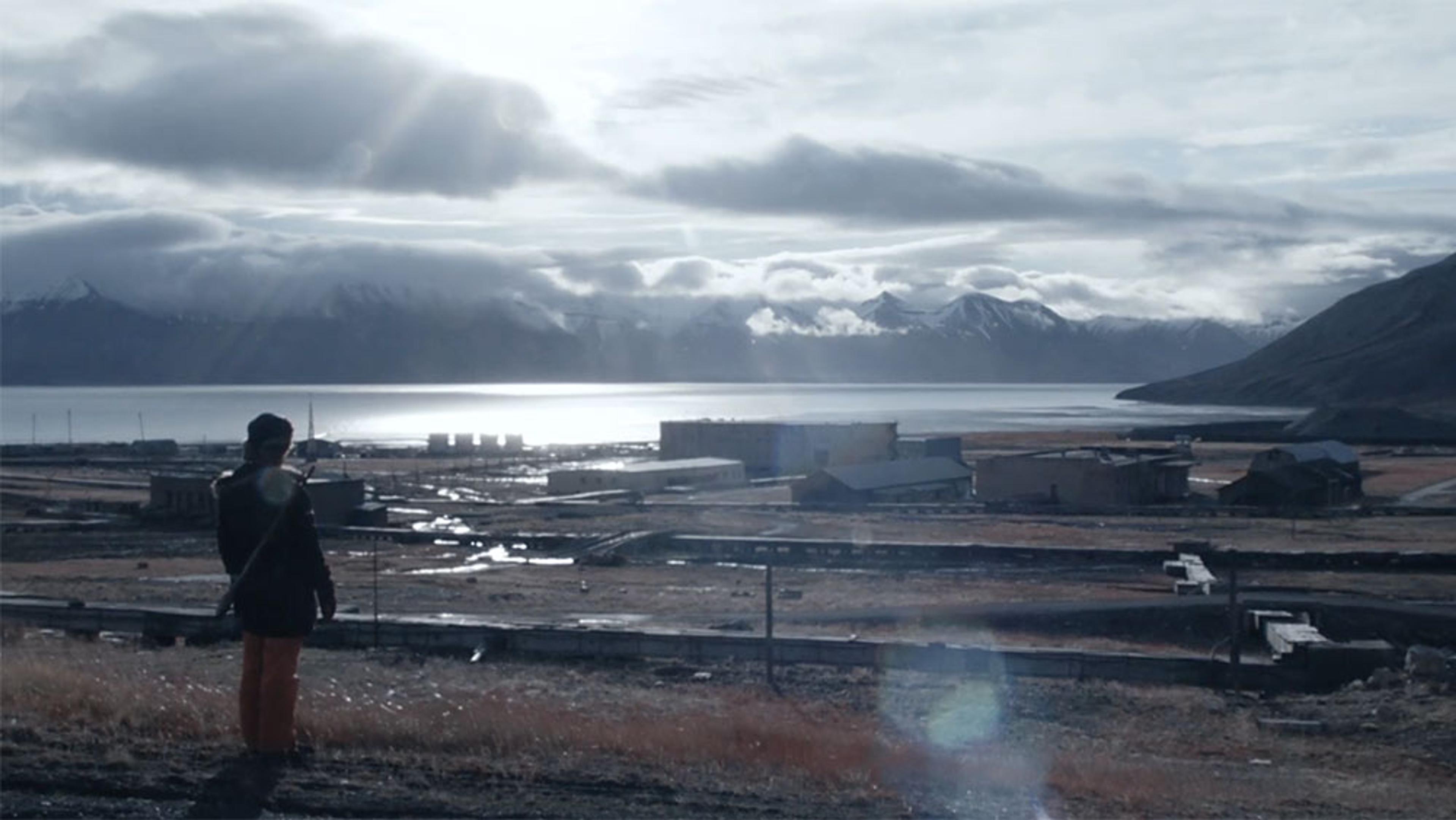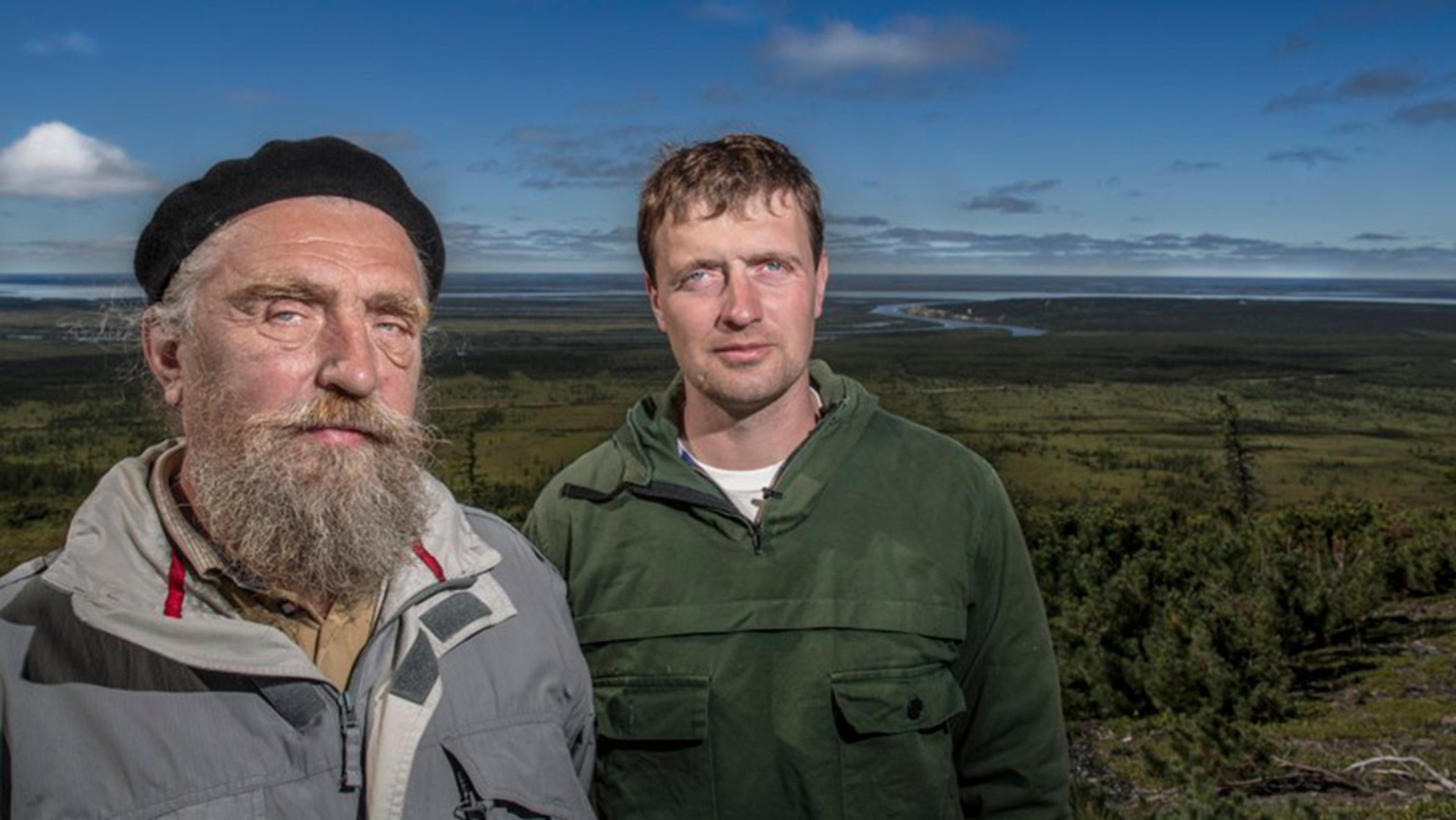Svalbard, a desolate archipelago in the far reaches of the Arctic Ocean north of Norway, became inextricably entwined with climate science in 1930 when a landmark research paper was published on rising temperatures on its largest island, Spitsbergen. This ruminative video essay traces Svalbard’s complex history over the past century, during which it has been a hub for science, war and global commerce, and a reflection of the potential for human cooperation and destruction.
War, commerce, research. How the Arctic became the epicentre of climate science
Video by Studiocanoe

videoEarth science and climate
There’s a ‘climate bomb’ ticking beneath the Arctic ice. How can we prepare?
8 minutes

videoEarth science and climate
‘Ice has a memory’ – an Inuit poem contemplates scientific exploration of Greenland
28 minutes

videoHistory
Pyramiden: population 6. The Soviet ghost town frozen in time high in the Arctic
13 minutes

videoThe future
Is the Global Seed Vault in Norway humanity’s last, best hope?
4 minutes

videoArchaeology
How a husband-and-wife team proved Leif Erikson beat Columbus to North America
29 minutes

videoEarth science and climate
How much can science really tell us about the future of climate change?
24 minutes

videoEarth science and climate
How an Earth science outsider finally put the Pangea puzzle together
8 minutes

videoEcology and environmental sciences
The perpetual motion of life and sand on the ‘walking islands’ of the North Sea
8 minutes

videoEcology and environmental sciences
Bring back the mammoth to fight global warming? It’s not as crazy as it sounds
26 minutes